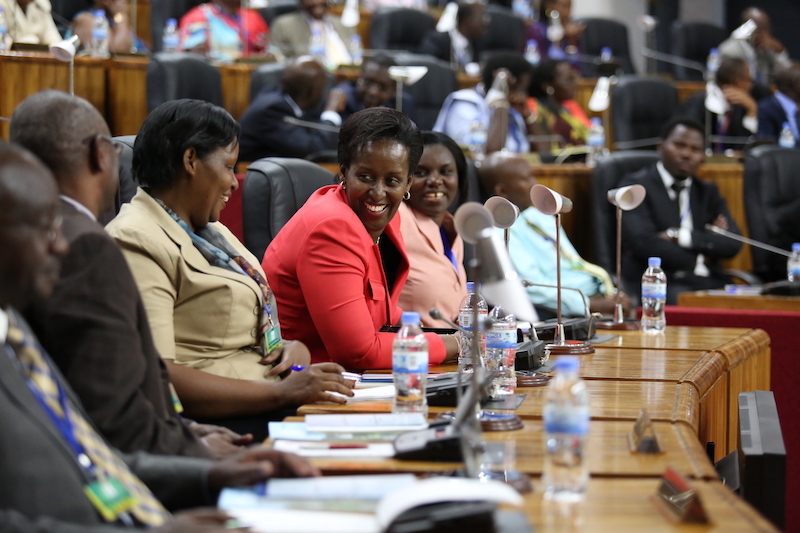“Africa dominates the list of the world’s 20 fastest growing economies in 2024” (AFDB, 2024).
As stated in a report by the African Development Bank, eleven of the continent’s countries were placed on the highly coveted development list. In fact, countries such as Niger, Libya, and Senegal have made incredible strides towards improving their economies, with growth now outpacing the likes of the United States and the European Union. However, unlike their Western counterparts, social progress has been limited or practically nonexistent in many of these countries, with issues such as LGBTQ+ rights, religious freedom, and exploitation often being suppressed by governments.
Other developing regions, such as South Asia and the Middle East, are facing a similar paradox where they are making commendable progress in economic growth while simultaneously regressing on or stifling equality. Gender inequality in India, marginalisation of immigrants in the UAE, and ethnic cleansing in Myanmar, are only some examples of the dire situation of social progress in these regions.
But all of these countries are experiencing positive economic growth, so is the role of equality even relevant to development? The answer is that it still is, and in fact, the intersection between social and economic progress has never been more important than it is today.
Historical Precedent
Opponents of this perspective will undoubtedly cite China as a prime example of how social and economic development can function separately. The East Asian behemoth is often branded in the international community as limiting civil liberties and violating human rights agreements while still flourishing economically. While there is undeniably a degree of merit to these accusations, it is important that they do not take away from the incredible advancements that China has made towards social equality as well. Its human development index has risen more than 52%, making it one of the only five countries in history to go from being ‘low’ to ‘high’ on the index. They expanded equal access to education among their citizens, bridged a centuries-old gender gap in many fields, and increased welfare programs for those in need. It is through these social efforts that the country was truly able to advance its economy. By making efforts to enlist 50% of the population (women), or about 500 million people, into the economy, China extensively increased its workforce and talent pool. Equal access to education had the same effect and meant that the average Chinese citizen from various regions, ethnicities, or genders, was able to contribute intellectually and bolster innovation within the nation.

Another prime example is Rwanda; a small country with a big economy. In 1994, the nation was ravished by genocide, which killed millions, destroyed families, and plagued the economy. Despite the extremely tragic situation, many Rwandan women stepped up to rebuild their society, entering into many positions of power, and passed legislation that allowed for greater social equality in order to begin to move past the lasting effects of the genocide. Now thanks to these women, Rwanda is regarded as one of the most gender-equal countries in the world. The economy has only flourished since gender inequality was reduced, with there being positive growth in the country almost every year since 1994. Women gaining increased access to education, disposable income, and political power made them more active participants in the economy, which encouraged spending, competition, and overall economic activity. Women more importantly offered unique perspectives, and the inclusion of a diverse array of opinions into the intellectual realm of Rwanda allowed it to be innovative compared to more socially repressive countries that surround it. And that is fundamentally the economic factor that social inequality stifles: innovation.
While many of the historical contexts are framed around women, this principle remains true among all social groups. For instance, in the United States, the Civil Rights of 1964 outlawed racial discrimination in the country, marking it as a significant social triumph. Numerous studies have shown that by breaking down economic and political barriers for Black Americans, the U.S. was actually able to improve economic development and increase growth.
Today

As historical precedent shows, social equality only stands to improve the conditions of a country’s economy. However, many developing countries are moving forward with the mindset that they can continue to profit off of their resources without genuinely including all social groups in the population. While this may be true for now, many will find it difficult to come up with innovative ideas and maintain a competitive advantage in the world market when their social policies don’t allow for a meaningful exchange of ideas.
If Afghanistan prohibits half of its population from going to schools, it will only serve to make that half idle and a drain on resources. If the Gulf States continue to practise a new-age form of immigrant slavery, they will find that they are effectively cutting out most of their population from actively participating in the economy. If African countries continue to pass anti-LGBT legislation, they will find that they are disabling a significant portion of their society from contributing to the market and living freely.
Social policy and economic policy need to be thought of as going hand-in-hand, in all respects. Improving the conditions of people within a society will only serve to create more economic opportunities, and allow for more people to live meaningful lives as participants in the market. Without freedom, we cannot have prosperity.







